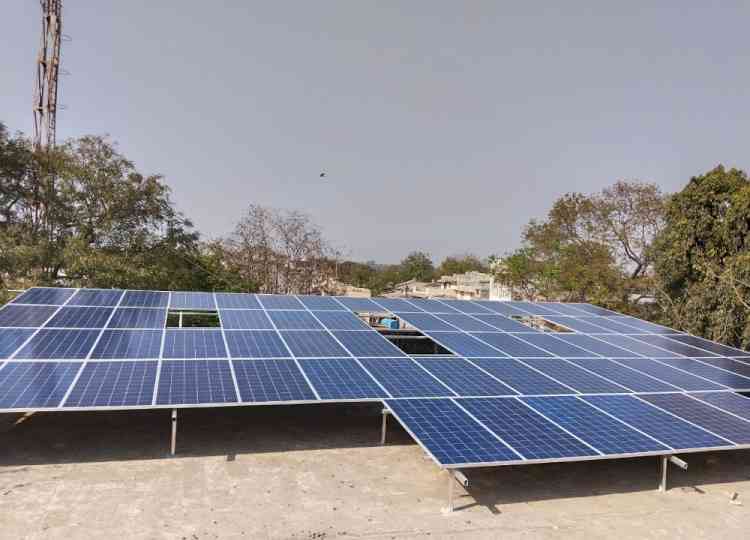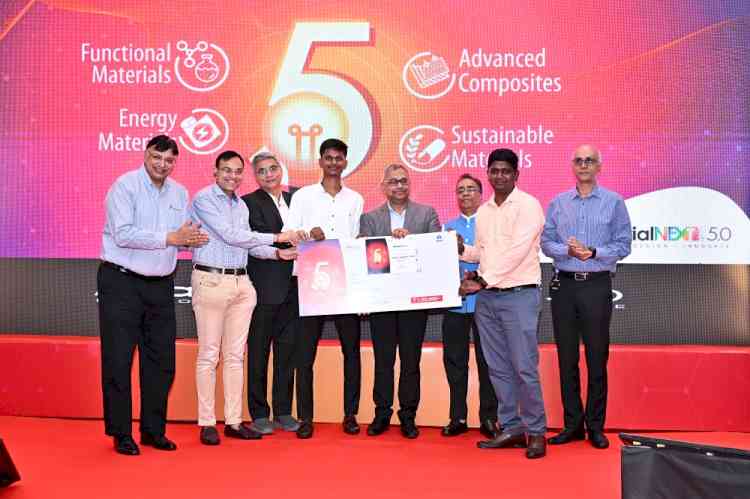Cement Demand Growth to Outpace Supply Growth - India Ratings
Author(s): City Air NewsMumbai, January 22, 2015: India Ratings & Research (Ind-Ra) has revised its cement sector outlook for FY16 to stable, from stable to negative a year ago, on expectations that demand growth (6.5% to 8%) would outpace...

Mumbai, January 22, 2015: India Ratings & Research (Ind-Ra) has revised its cement sector outlook for FY16 to stable, from stable to negative a year ago, on expectations that demand growth (6.5% to 8%) would outpace supply additions (6.7%) in FY16. Cement capacity utilisation which was around 71% in FY14 is likely to improve to 73% to 75% in FY16, as was last seen in FY11.
The southern region of India, with a significant oversupply, is likely to maintain a supply discipline during FY14-FY16 with a capacity addition of just 7mtpa over this period (5% of its FYE14 installed capacity). This shall improve cement capacity utilisation in this region to 61%-63% in FY16 from 56% in FY14.
The central regions of the country, will likely add 5mtpa during FY14-FY16 (11% of its FYE14 installed capacity), and consequently improve capacity utilisation to around 85% from the current level of 81%. Similarly, the capacity utilisation in regions of northern India, is likely to increase to 80%-81% in FY16 from 78% in FY14 as the region adds 13mtpa (16% of its FYE14 installed capacity).
Ind-Ra expects capacity utilisation of cement companies to improve across all regions barring eastern India. The companies in the east are adding around 17mtpa (31% of its existing installed capacity) during FY14-FY16, and thus supply growth in this region will likely outpace demand growth and thus reduce capacity utilisation in the region to around 70%-71% from 75% in FY14. The companies in the western region are adding 10mtpa (18% of the existing capacity) during FY14-FY16, and thus, the capacity utilisation in this region is expected to remain stable at the current level of 73%.
In line with Ind-Ra’s expectations set forth in the FY15 Outlook, thus far the median margins of integrated players are at around 17%. Power and fuel cost increased around 30% over FY12-FY14. However, there has been a recent global correction in coal and other energy costs. This will benefit players whose fuel cost was entirely market linked and could potentially add upwards of 2.0 percentage point to their margins. However, integrated players who have a significant source of captive power with domestic linkages, would only see the reduced global energy prices adding around 1 percentage point to their margins.
EBITDA/ton of 14 companies (accounting for 64% of total installed capacity) registered a growth of 29% in 1HFY15 on the back of better net realisation (up 13% yoy) and sales volume (up 11% yoy). While the northern region saw volumes grow, the southern region benefited from higher realisations due to a pricing discipline. Ind-Ra expects the slide in the prices of coal and crude oil, as witnessed over the last four-six months, to buttress the cement industry’s EBITDA margins.
Ind-Ra also expects the industry to maintain a stable credit profile over FY14-FY16 with the companies which are not undertaking capacity expansions to improve their balance sheets on higher profitability. Cement companies which are rated by Ind-Ra are also likely to maintain stable credit profiles, supported by their regional market share, cost advantage and absence of debt-led capex.
WHAT CAN CHANGE THE OUTLOOK
Infrastructure Spending: Infrastructure/Industrial projects account for approximately 25% of the total cement demand. Ind-Ra does not expect a significant increase in the infrastructure projects over FY14-FYE16. However, high-than-expected spending on infrastructure/industrial projects will positively impact the sector.
External Factors: To the extent, the current level of global economic activity and risk appetite is maintained, the Outlook will remain unaffected. However, a lower-than-expected global growth rate or an increase in risk aversion, which may affect rupee depreciation, is likely to moderate economic activity domestically. The credit profile of the sector could also be adversely affected in case of lower-than-expected government expenditure on the rural sector.
(Source: Manager - Corporate Communications and Investor Relations, India Ratings & Research-A Fitch Group Company.)
Date:
Thursday, January 22, 2015

 cityairnews
cityairnews 
















